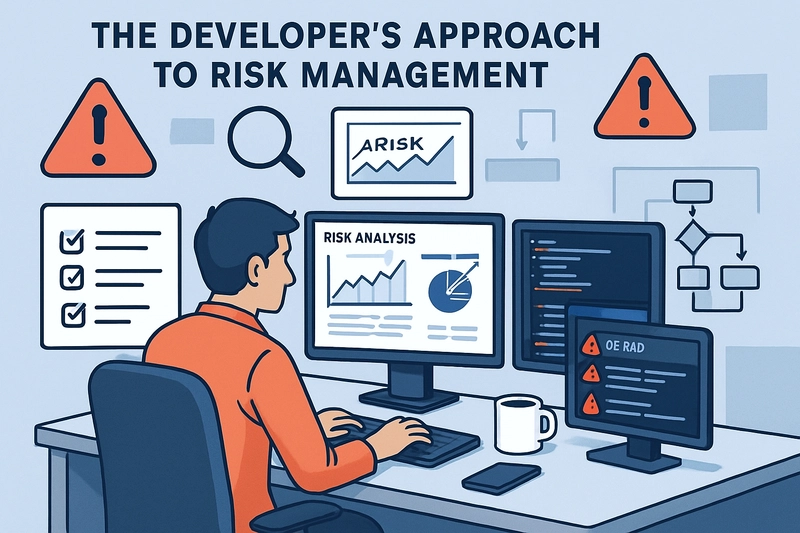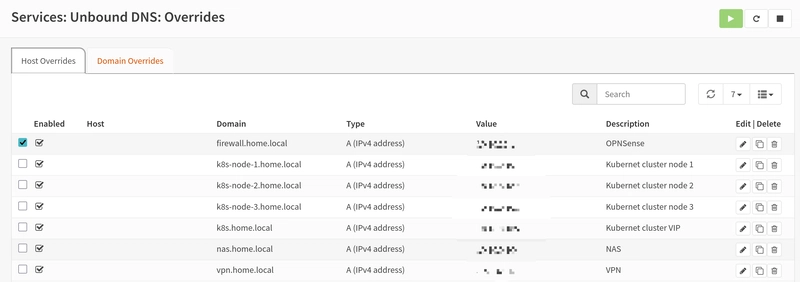Risk Management in Dev Projects: Identifying, Assessing, and Mitigating Technical Risks
Introduction Managing risk is not a box-ticking exercise. For developers and engineering teams, it’s a core discipline that drives project success. Technical risks can derail delivery, drain budgets, and erode trust. But with a practical approach, teams can spot, assess, and address risks before they escalate. This guide breaks down risk management for dev projects, using clear, direct language and real-world examples. We’ll cover how to build a risk register, design effective mitigation plans, and use tools and workflows that fit how developers work. Why Risk Management Matters for Developers Every dev project faces uncertainty. New technologies, shifting requirements, and integration challenges are part of the job. Proactively managing risk helps teams: Deliver projects on time and within budget Maintain code quality and security Avoid scope creep and rework Build trust with stakeholders and clients Ignoring risks doesn’t make them go away. A structured risk management process gives you the visibility and control to keep projects on track. The Developer’s Approach to Risk Management Risk management in development projects follows a simple, repeatable cycle: Identify technical risks early and often Assess their likelihood and impact Mitigate with clear, actionable plans Monitor and adapt as the project evolves Let’s break down each step, focusing on what works for dev teams. 1. Identifying Technical Risks Start with a brainstorming session. Get the whole team involved- developers, testers, architects, and project managers. Use past project data, checklists, and retrospectives to surface risks that have caused trouble before. Common technical risks include: Choosing an unproven technology stack Integrating with third-party APIs or legacy systems Inheriting poorly documented or low-quality code Underestimating performance or scalability requirements Security vulnerabilities in new features Dependency on a single key contributor

Introduction
Managing risk is not a box-ticking exercise. For developers and engineering teams, it’s a core discipline that drives project success. Technical risks can derail delivery, drain budgets, and erode trust. But with a practical approach, teams can spot, assess, and address risks before they escalate.
This guide breaks down risk management for dev projects, using clear, direct language and real-world examples. We’ll cover how to build a risk register, design effective mitigation plans, and use tools and workflows that fit how developers work.
Why Risk Management Matters for Developers
Every dev project faces uncertainty. New technologies, shifting requirements, and integration challenges are part of the job. Proactively managing risk helps teams:
- Deliver projects on time and within budget
- Maintain code quality and security
- Avoid scope creep and rework
- Build trust with stakeholders and clients
Ignoring risks doesn’t make them go away. A structured risk management process gives you the visibility and control to keep projects on track.
The Developer’s Approach to Risk Management

Risk management in development projects follows a simple, repeatable cycle:
- Identify technical risks early and often
- Assess their likelihood and impact
- Mitigate with clear, actionable plans
- Monitor and adapt as the project evolves
Let’s break down each step, focusing on what works for dev teams.
1. Identifying Technical Risks
Start with a brainstorming session. Get the whole team involved- developers, testers, architects, and project managers. Use past project data, checklists, and retrospectives to surface risks that have caused trouble before.
Common technical risks include:
- Choosing an unproven technology stack
- Integrating with third-party APIs or legacy systems
- Inheriting poorly documented or low-quality code
- Underestimating performance or scalability requirements
- Security vulnerabilities in new features
- Dependency on a single key contributor









































































































































































![[The AI Show Episode 146]: Rise of “AI-First” Companies, AI Job Disruption, GPT-4o Update Gets Rolled Back, How Big Consulting Firms Use AI, and Meta AI App](https://www.marketingaiinstitute.com/hubfs/ep%20146%20cover.png)

























































































































![[DEALS] The Premium Python Programming PCEP Certification Prep Bundle (67% off) & Other Deals Up To 98% Off – Offers End Soon!](https://www.javacodegeeks.com/wp-content/uploads/2012/12/jcg-logo.jpg)















































.jpg?#)


































































-Mafia-The-Old-Country---The-Initiation-Trailer-00-00-54.png?width=1920&height=1920&fit=bounds&quality=70&format=jpg&auto=webp#)
-Nintendo-Switch-2---Reveal-Trailer-00-01-52.png?width=1920&height=1920&fit=bounds&quality=70&format=jpg&auto=webp#)























_Aleksey_Funtap_Alamy.jpg?width=1280&auto=webp&quality=80&disable=upscale#)
_Sergey_Tarasov_Alamy.jpg?width=1280&auto=webp&quality=80&disable=upscale#)















































































































![Apple Shares Official Trailer for 'Stick' Starring Owen Wilson [Video]](https://www.iclarified.com/images/news/97264/97264/97264-640.jpg)


![Beats Studio Pro Wireless Headphones Now Just $169.95 - Save 51%! [Deal]](https://www.iclarified.com/images/news/97258/97258/97258-640.jpg)































































































